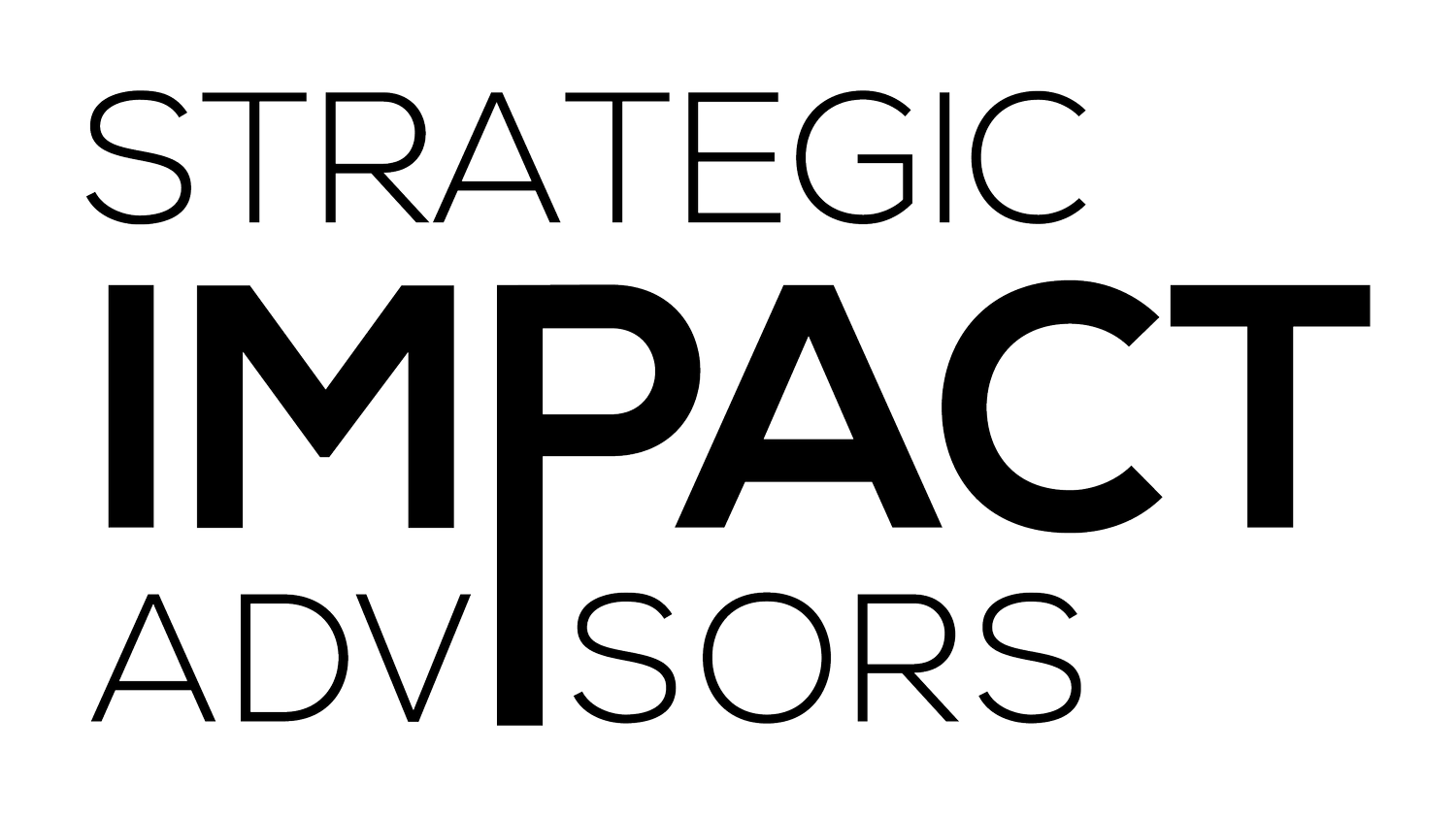Does digital financial literacy boost women’s saving habits?
Saving is one of the most important financial habits. We save in preparation for retirement or for big purchases, like paying for children’s education, or buying a house. We save to have a form of insurance against shocks, like when a drought diminishes or destroys the harvest, or the primary breadwinner becomes sick and is unable to work. We also save to invest and use savings as startup capital for a new business and business expansion.
In sub-Saharan Africa, savings groups have been the steppingstone for women’s financial inclusion since the early 1980s. They are now going through their own digital transformation, more and more frequently using apps to record transactions and training their members to use mobile money. Digitizing saving practices saves time for women, who may not need to attend a savings group meeting to share their contribution if they can transfer their money using their e-wallets. This way they also build a track record on their phones and take greater control over managing their accounts.
But what if women are not part of a group? How can they learn about mobile money? Mobile money and digital financial services (DFS) offer women a new channel to mobilize their savings and receive loans, but how do they learn about saving? Could digital literacy make a difference and increase their confidence in using digital tools?
Strategic Impact Advisors’ digital financial literacy campaign “Hey Sister! Show Me the Mobile Money!” is aiming to do exactly that. The curriculum offers 25 free dramatized episodes designed to increase women’s confidence in using mobile money transactions, including savings. To date, 102,000 women in Ghana, Malawi and Uganda have called the IVR platform, and over 75,000 women have been trained through partner organizations who are using “Hey Sister!” as their digital financial education curriculum.
Three episodes are dedicated to saving. Whether using a cell phone to transfer money to a bank account or a mobile wallet, or getting tips on how much money they should save, listeners also learn about different savings modalities between bank accounts and savings groups. They can also start planning and saving for a specific purpose. Just over 86% of respondents have told us that they started using their phones to save digitally after listening to the “Hey Sister!” curriculum.
We define “digital saving” as a mobile money balance and/or an online savings product. From initial data across the three countries, we are seeing that almost all participating women (97%) are keeping a balance on their phone. Saving by maintaining a balance on a mobile money wallet is quite popular, but it’s not the only way they save: over half of women (54%) report using an online savings product. It is worth noting that everyone who uses a digital savings product also saves on their wallet. Mobile money wallet holders earn interest of 1.5-7% quarterly and 12% annually for MTN Y’ello Save product users. Maintaining a balance is an interesting way of saving: the balance may be used at a later date, so in that sense, women are planning and deferring their expenses. The answers from our surveys are limited and unfortunately don’t tell us if women elected to keep a balance instead of spending immediately or instead of taking an instant digital loan where it’s available.
Innovative digital savings products are becoming increasingly popular in sub-Saharan Africa. In Ghana, MoKash offers a saving product with an interest rate that increases with the amount saved, from 2% for up to 300,000 cedis (just over $48,000) to 5% for any savings upwards of 1.6m cedis (about $260,500) and the capacity to borrow between 3,000 and 1m cedis ($492 to $164,000) with a 9% interest rate. Similar products are available in Malawi (TNM’s Pasavute and Airtel’s Pompo Pompo), which combine savings and loans and offer a lot of flexibility to consumers.
“Hey Sister!” is also building women’s confidence using their mobile phones, and that confidence is translating into agency. Twenty six percent of the women calling the platform felt “not confident” in using their mobile phone at the start of the campaign. By the time of the end line survey, this percentage had been cut in half, with only 13% of women feeling unconfident. Over the same period, the percentage of women who felt “very confident” using their mobile phones jumped from 37% to 51%.
One of our Ghanaian partners’ trainers, Musah Alhassan, shared with us that, “After the training, most calls I received are from women; now they are willing to save their money using mobile money instead of giving it to their husbands to save it.” We have also noted that women who are trained through an organization tend to retain knowledge better and use what they learn faster.
A mobile phone may be a powerful tool in the hands of women if we design products that bring value and build their confidence, while teaching them the skills to transact safely online. “Hey Sister! Show Me the Mobile Money!” is building women’s digital agency. We are hoping that more savings groups, MNOs and financial service providers will take advantage of the curriculum and offer it to their customers as well.
